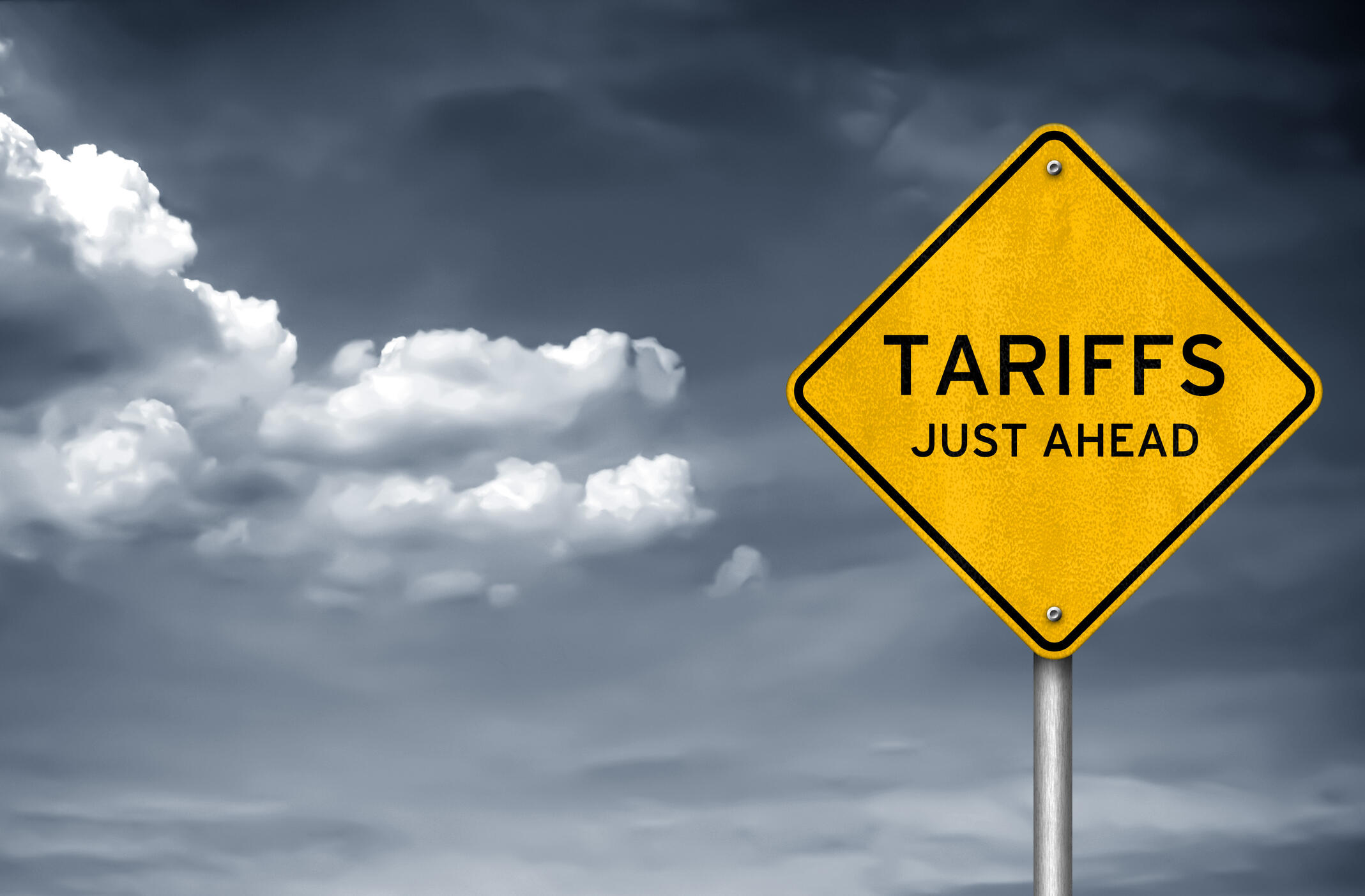
Feb. 5, 2025
Much ado about tariffs
Share this story
As much as tariffs are being talked about these days, some of us may need a reminder of what they actually are. First, tariffs are far from new. The first U.S. president to impose tariffs on other countries was George Washington, who signed the Tariff Act of 1789 on his 68th day in office. The law set a 5% tax on all imports.
But what is a tariff and why is it receiving so much attention?
Brett Massimino, Ph.D., chair of the Department of Supply Chain Management and Analytics in the Virginia Commonwealth University School of Business, gave VCU News a quick lesson.
Can you explain in simple terms what a tariff is?
A tariff is essentially a tax on goods that are imported into a country. It’s similar to a sales tax, but instead of being charged at the point of sale, a tariff is charged when goods cross into a country through customs. The amount of the tariff is usually a percentage of the value of the good. Imported goods must be declared, including their value and content, which makes it relatively easy to calculate and apply tariffs as items come into a country.
How is it different from a tax?
A tariff is a special kind of tax that applies only to imported goods, unlike a sales tax that applies to any purchase made within a country or federal income tax that applies to any wages earned within a country. Tariffs are specifically applied at the border when goods enter a country, while other taxes (like sales tax) are applied at the point of sale.
How is it used?
Tariffs raise revenue for the government, just like other taxes, and these funds can be used for any government purposes. The recent tariffs announced by the Trump administration, for example, were expected to generate hundreds of billions of dollars annually. However, tariffs also raise the cost of imported goods. For companies that rely on imports, this can be a heavy burden. Smaller companies, for example, may not be able to absorb the extra cost or restructure their operations to avoid the tariffs and will likely pass the price increase onto consumers. Larger companies with production capabilities in both the U.S. and abroad may have more flexibility to shift production to avoid tariffs, but this involves complex decisions, such as moving equipment or shifting workers, and likely incurs significant restructuring costs.
In addition to generating revenue, tariffs can encourage companies to produce more goods in the U.S., which would not be affected by these tariffs. This is one reason tariffs are used: to make manufacturing in the U.S. more competitive with foreign production, often by offsetting lower labor costs in other countries.
How are tariffs and sanctions related?
Sanctions are measures used to penalize a country for certain actions, such as perceived wrongdoing. For example, when Russia invaded Ukraine, the U.S. imposed tariffs on Russian goods as part of a broader set of sanctions. While tariffs are one form of sanction, there are other types, such as banning certain goods or freezing assets. Not all tariffs are punitive, however. Some, like those imposed on Canada and Mexico during the Trump administration, were framed as a response to trade imbalances or to protect the American economy rather than a direct punishment for wrongdoing.
What is the immediate and long-term effect on consumers?
In the short term, tariffs usually lead to higher prices for consumers, as businesses raise their prices to immediately cover the higher cost of imported goods. The long-term effects are harder to predict. While tariffs may encourage more domestic production and create jobs in the U.S., they could also trigger retaliatory measures from other countries, which might result in higher costs and job losses globally. In the worst case, tariffs could escalate into a trade war, disrupting supply chains, reducing economic growth, and leading to both higher prices and fewer jobs for all countries involved.
However, countries often work to quickly negotiate compromises to avoid further retaliatory tariffs and prevent escalation into a full trade war. This was seen with the Trump administration’s tariffs — shortly after they were announced, tariffs on both Canada and Mexico were suspended as these countries began to announce their retaliatory intentions. The hope is that these countries can quickly negotiate a mutually agreeable solution, minimizing the impact on end consumers like you and me.
Subscribe to VCU News
Subscribe to VCU News at newsletter.vcu.edu and receive a selection of stories, videos, photos, news clips and event listings in your inbox.







